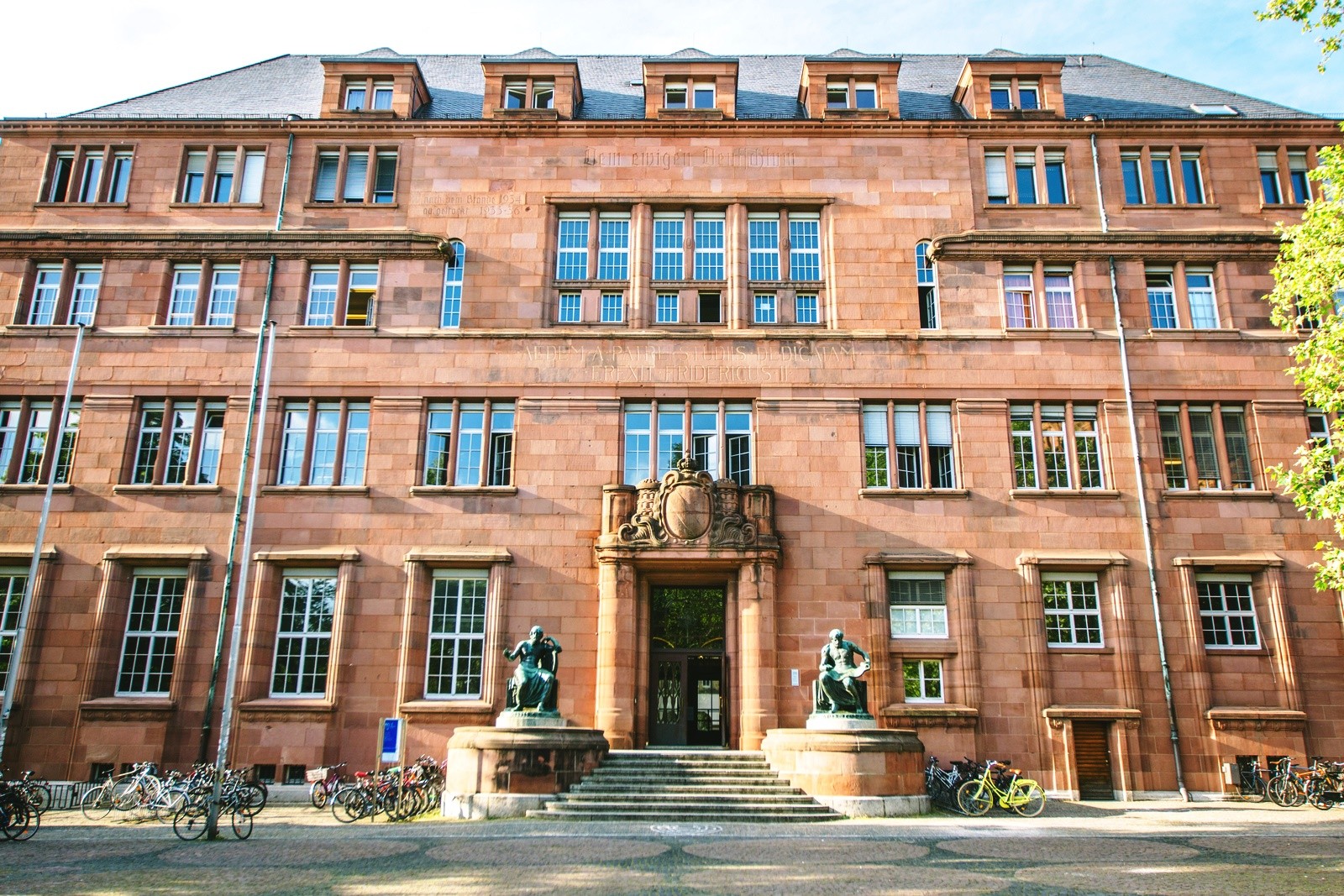Research shows Sport Stadiums as Focal Points of Societal and Cultural Dynamics
Stadiums and other sport arenas are not merely functional spaces for athletic competitions – they are also spaces in which athletes and spectators interact, in which emotions, experiences, values, and ideas circulate. These dimensions are the focus of an interdisciplinary, German-French research project with Prof. Dr. Andreas Gelz, Professor of Romance Philology from the University of Freiburg. The project “Sport-Arenen – Szenen und (Werk-)Stätten des Sport-Events / Arènes du sport – Scènes et fabrique(s) de l’événement sportif” (Sport Arenas – Scenes and Sites of the Sporting Event) starts in mid-March 2023, runs for three years, and is receiving slightly more than a million euros in funding from the French National Research Agency (ANR) and the German Research Foundation (DFG).
Insights beyond the subsystem of sport
“I am particularly pleased about this funding at the present time, because the public debates in the run-up to the 2024 Olympic Games in Paris demonstrate the importance of sport and its spaces, the ideals but also the controversies associated with it,” says Gelz. “We hope to be able to make a contribution to this discussion in the form of scientific groundwork.” Six researchers from the fields of literary and cultural studies and history from the University of Freiburg, Saarland University, and the Universities of Paris-Sorbonne, Besançon, Rouen, and Limoges are involved in the research project.
The project revolves around sport arenas as focal points of socioeconomic and political conditions as well as cultural dynamics and relations. The participating researchers assume that stadiums, playing fields, arenas, sport palaces, velodromes, racetracks, but also casual and informal sport sites such as soccer fields in parks are emblematic spaces whose significance and epistemological value extend far beyond sport as a social subsystem.
A common German-French sport culture
The temporal framework of the overall project is the “long twentieth century,” extending from the inception of modern sports in the last third of the nineteenth century, through its rapid development into a constitutive element of the emerging industrial and mass society, to the early twenty-first century with its new surge in professionalization, commercialization, and medialization.
The project adopts a German-French perspective that is to be extended to include the European and global context. “This approach seems particularly important to me,” says Gelz. “Germany and France share a common sport culture, in which gymnastics initially played a fundamental role, followed by cycling, swimming, and the so-called English sports, like athletics, boxing, soccer, rugby, and tennis. In addition, large sport facilities were built in Germany and France almost at the same time, such as the Vélodrome d’hiver in Paris in 1903, the Sportpalast in Berlin in 1910, and the Olympic stadiums of Paris and Berlin in 1924 and 1936 respectively. Even though sport cultures have a national dimension, our transnational approach points to the complex cross-border reality of sport.”
Subproject on the development of women’s soccer
The aesthetic shape and shaping of stadiums in the media will form another thematic focus of the project: thus, sport fans were enabled first by means of print media, from newspapers to literature, then radio, and finally cinema and television to experience from a distance, as it were, virtually, the stadium and therefore the sporting action itself as an aesthetic practice. A separate subproject is devoted to the role and position of women in the stadium from a gender perspective and examines the development of women’s soccer in Germany and France.

